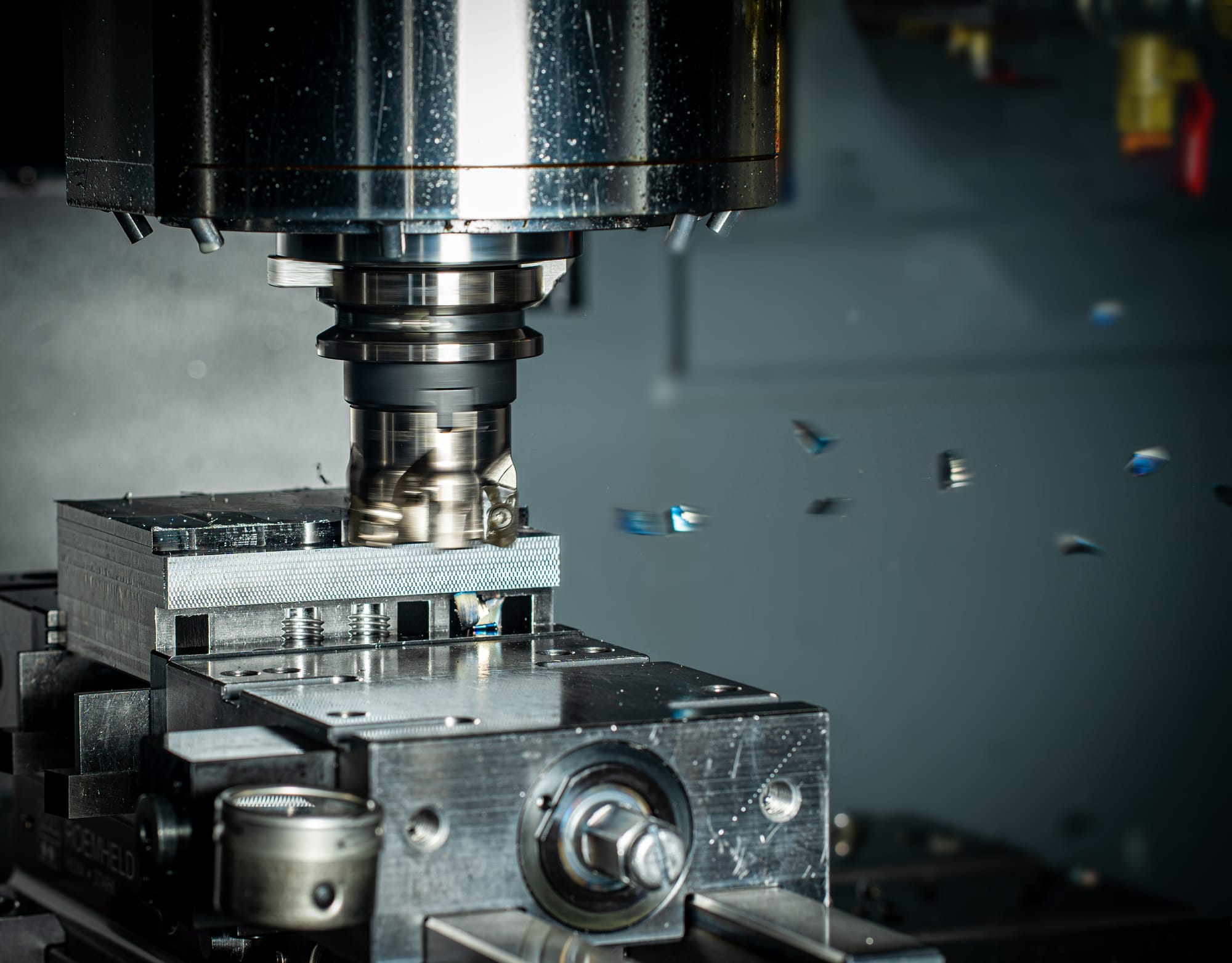The Benefits of Pairing CNC Machines with 3D Product Configurators
Computerized Numerical Control (CNC) machines have revolutionized the manufacturing industry. Though some people might think they’re only used to create mechanical parts in the aerospace or electronics industries, CNC machines actually have a much wider array of applications.

Computerized Numerical Control (CNC) machines have revolutionized the manufacturing industry. Though some people might think they’re only used to create mechanical parts in the aerospace or electronics industries, CNC machines actually have a much wider array of applications.
As modern manufacturing techniques evolve, so do the applications of CNC machines. They have allowed manufacturers across numerous industries to enjoy benefits such as increased manufacturing speed, computer-enabled prototyping, and reduced waste.
But, even with the current benefits that they provide, there is a way to utilize the CNC machine manufacturing process for other industries.

Feeding the Machine
Before the CNC machine starts stripping away material, the design goes from sketch to computer-aided design (CAD), and is then imported into CAM/CNC software to generate the so-called "G-code" which controls the CNC machine.
However, this process can be an impediment for companies that want to offer customizable products. Products typically come in a few variations of sizes, colors, and material. The customer must then choose from these limited options and settle with something that may not suit their exact specifications.
The reason? Flexible configuration options have a significant impact on cost. Imagine that a customer wants to change the parameters of a dining table. They would have to tell the new specifications to the designer, who would then spend their precious time adjusting the design before feeding it to the machine. CNC machining is already more costly than mass production techniques, so adding more time for custom designs would make costs skyrocket.
Solutions and Benefits
This was the scenario that KILO, a Dutch furniture manufacturer, found themselves in. Demand for their customizable furniture was increasing fast and with it, the need to draft specific manufacturing diagrams for individual pieces by hand. To solve this, KILO reached out to Salsita, hoping our 3D Configurator would allow them to automate this process.
Salsita built them a slick 3D product configurator that lets customers customize the models themselves. The resulting design is sent automatically to a dashboard (also developed by Salsita) that is used to help manage their production. Another feature of their product configurator is a built-in price calculator. As a customer changes the parameters of a piece of furniture, the price changes accordingly in real-time.
By allowing customers to customize your products visually on your e-shop, you bypass the tedious manual process of sitting down with a designer and drafting the plans by hand.
This has allowed KILO to scale up their online sales and extend their geographical reach, since customers no longer have to go in person to their stores in Amsterdam and Antwerp to order custom furniture. They have just begun to ramp up marketing efforts for the newly configurable furniture but have already experienced a 30% increase in online sales since the new software went live.
Pairing a CNC machine with a product configurator can also help avoid potential human error. Mistakes in the design and drafting phases can lead to significant additional cost, time and waste. By removing the human designer from the process, this risk can be largely eliminated.
How Salsita Can Help
Salsita has been in the configurator space for several years. We have case studies, articles, webinars, and videos at your disposal. Feel free to familiarize yourself with our process and, if they pique your interest, get in touch with us.
We’d also be happy to book you a demo and explain how we can build you a 3D product configurator that will boost your online revenues and increase customer satisfaction.


